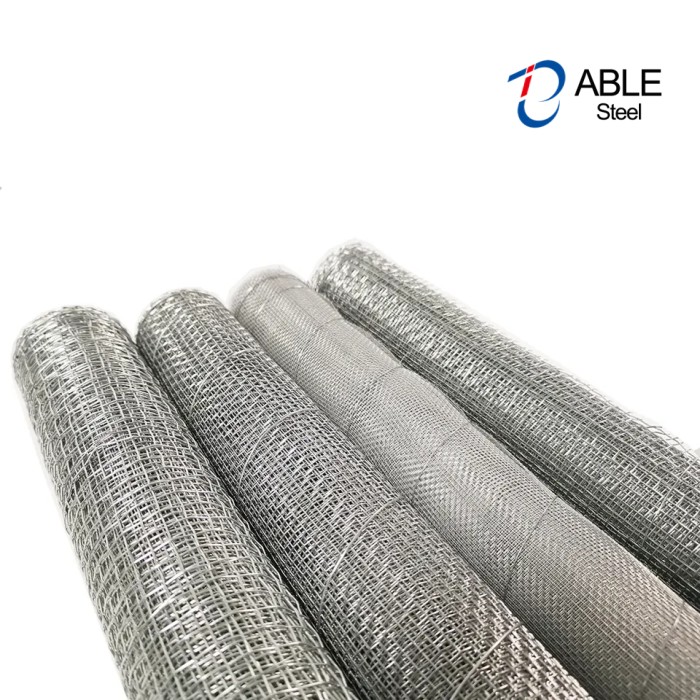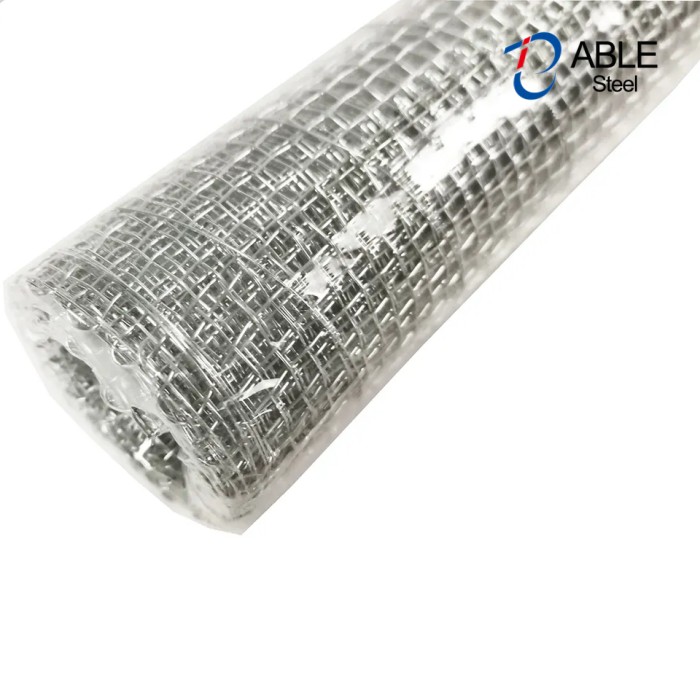The production process of Square Wire Mesh involves several steps, including wire drawing, wire straightening and cutting, mesh weaving, and finishing. Here is a detailed explanation of each step: 1. Wire Drawing: The first step is to draw the wire from a larger raw material, such as a coil or rod. This
process involves passing the wire through a series of dies with decreasing hole sizes to reduce its diameter. This helps in achieving the desired wire thickness for the mesh.
2. Wire Straightening and Cutting: Once the wire is drawn to the desired thickness, it is then straightened to remove any bends or kinks. This is done using a wire straightening machine. After straightening, the wire is cut into individual lengths according to the required dimensions of the square WIRE MESH. 3. Mesh Weaving: The cut wires are then fed into a weaving machine, which is typically a power loom or a shuttle loom. The machine interlaces the wires in a crisscross pattern, forming a grid-like structure. The wires running parallel to the length of the mesh are called warp wires, while the wires running perpendicular to the length are called weft wires. 4. Finishing: After the mesh is woven, it goes through a finishing process to ensure its quality and durability. This may include processes like heat treatment, galvanizing, or PVC coating. Heat treatment involves subjecting the mesh to high temperatures to increase its strength and resistance to corrosion. Galvanizing involves coating the mesh with a layer of zinc to protect it from rusting. PVC coating involves applying a layer of PVC (polyvinyl chloride) to the mesh for added protection and aesthetic appeal. 5. Inspection and Packaging: Once the finishing process is complete, the square wire mesh is inspected for any defects or inconsistencies. It is checked for proper dimensions, wire thickness, and overall quality. After inspection, the mesh is rolled or folded and packaged in suitable bundles or rolls for transportation and storage. Overall, the production process of square wire mesh involves wire drawing, wire straightening and cutting, mesh weaving, finishing, inspection, and packaging. Each step is crucial in ensuring the final product meets the required specifications and quality standards.


